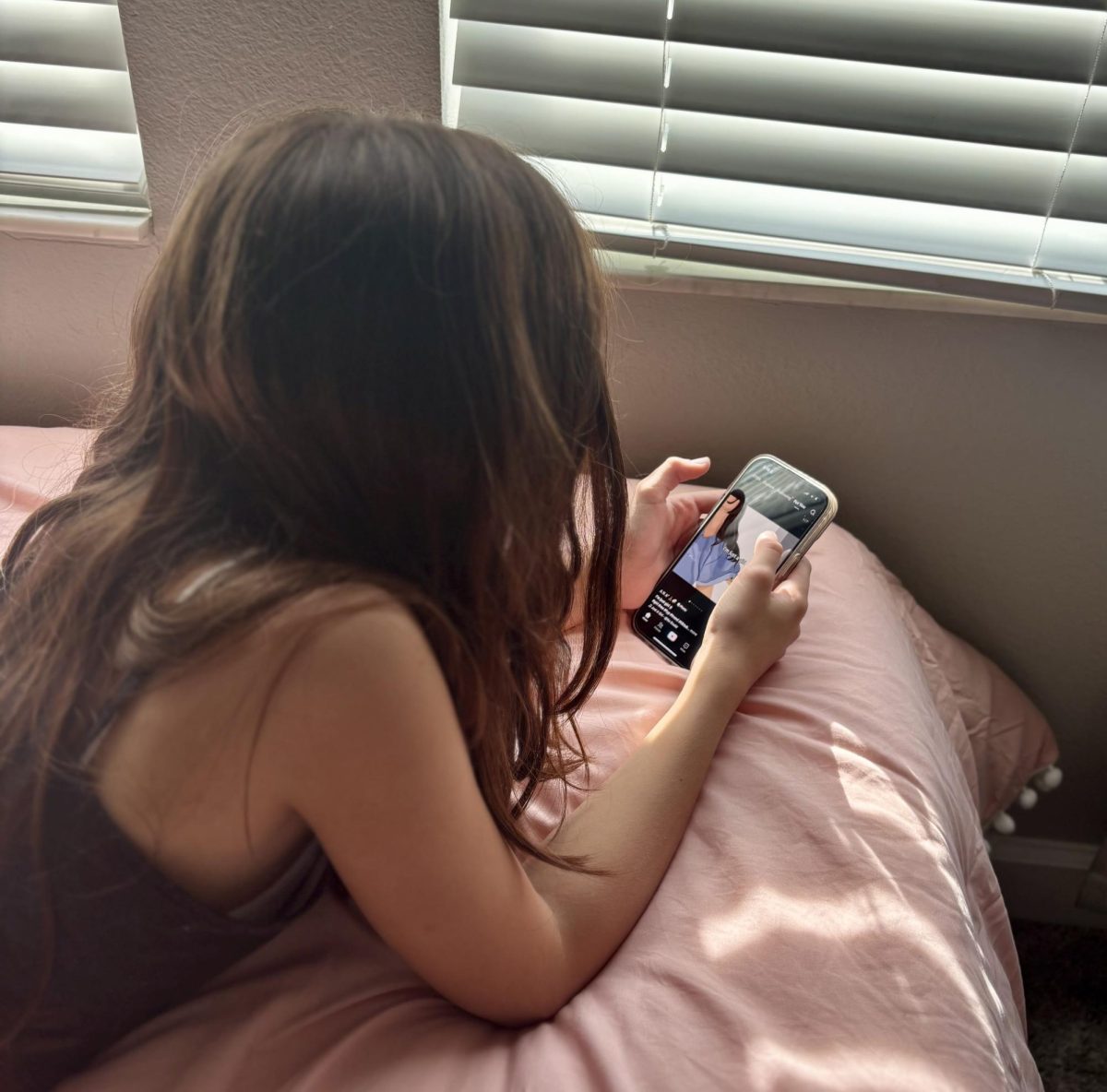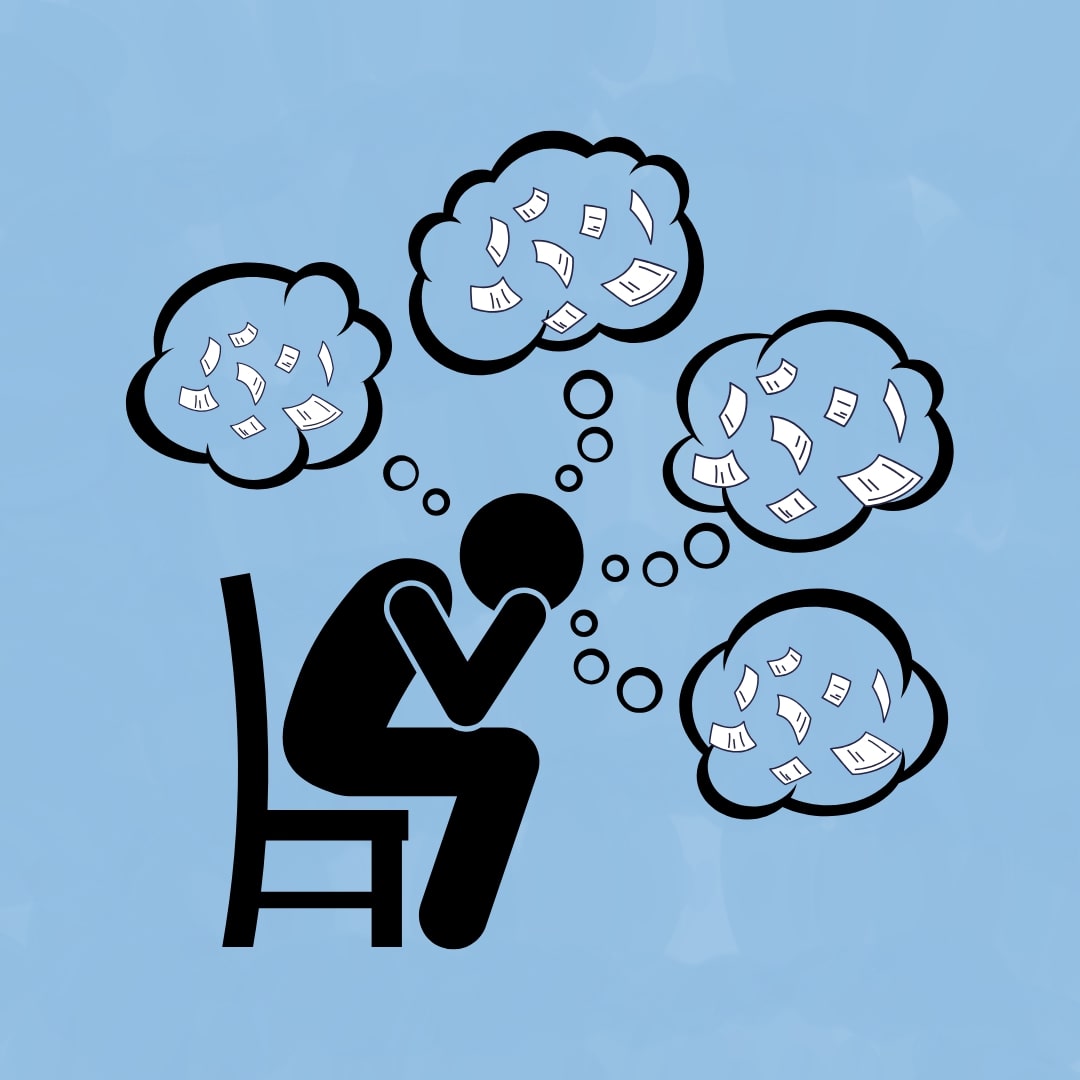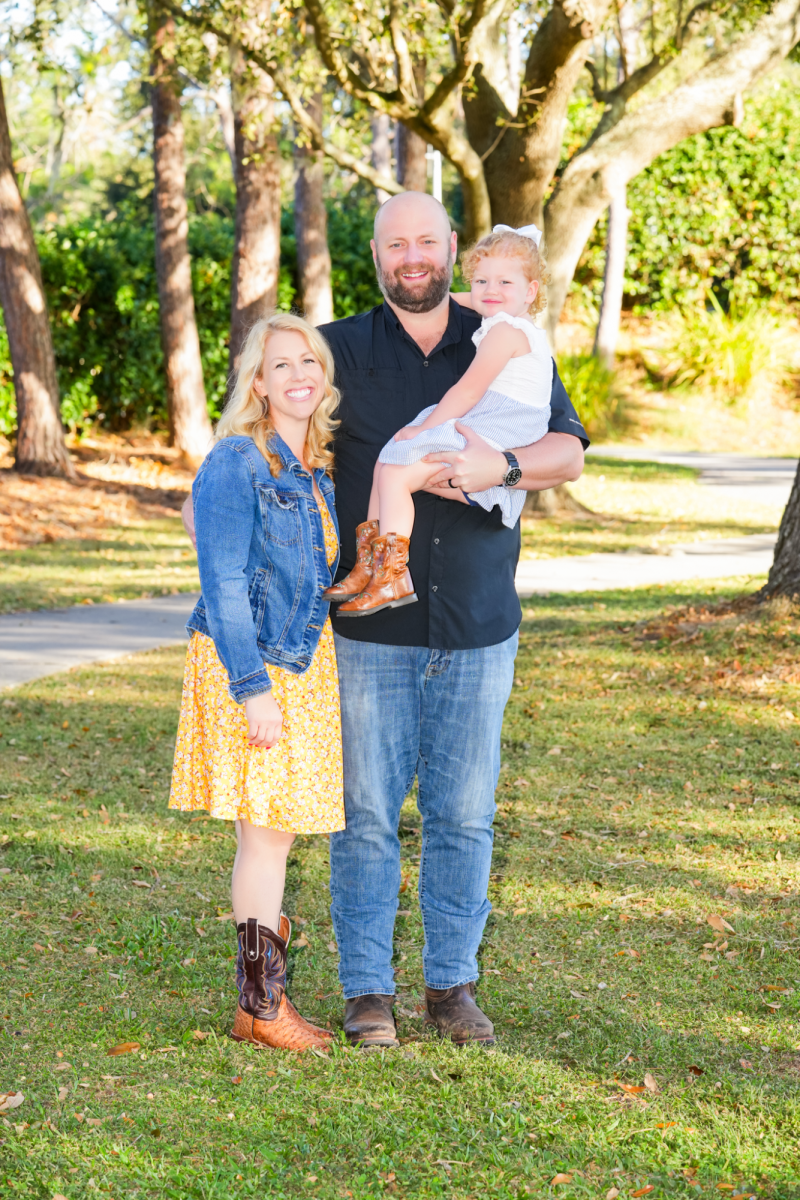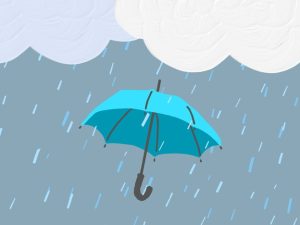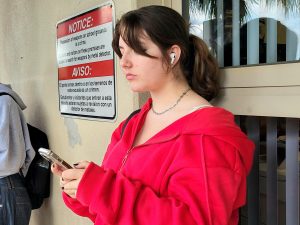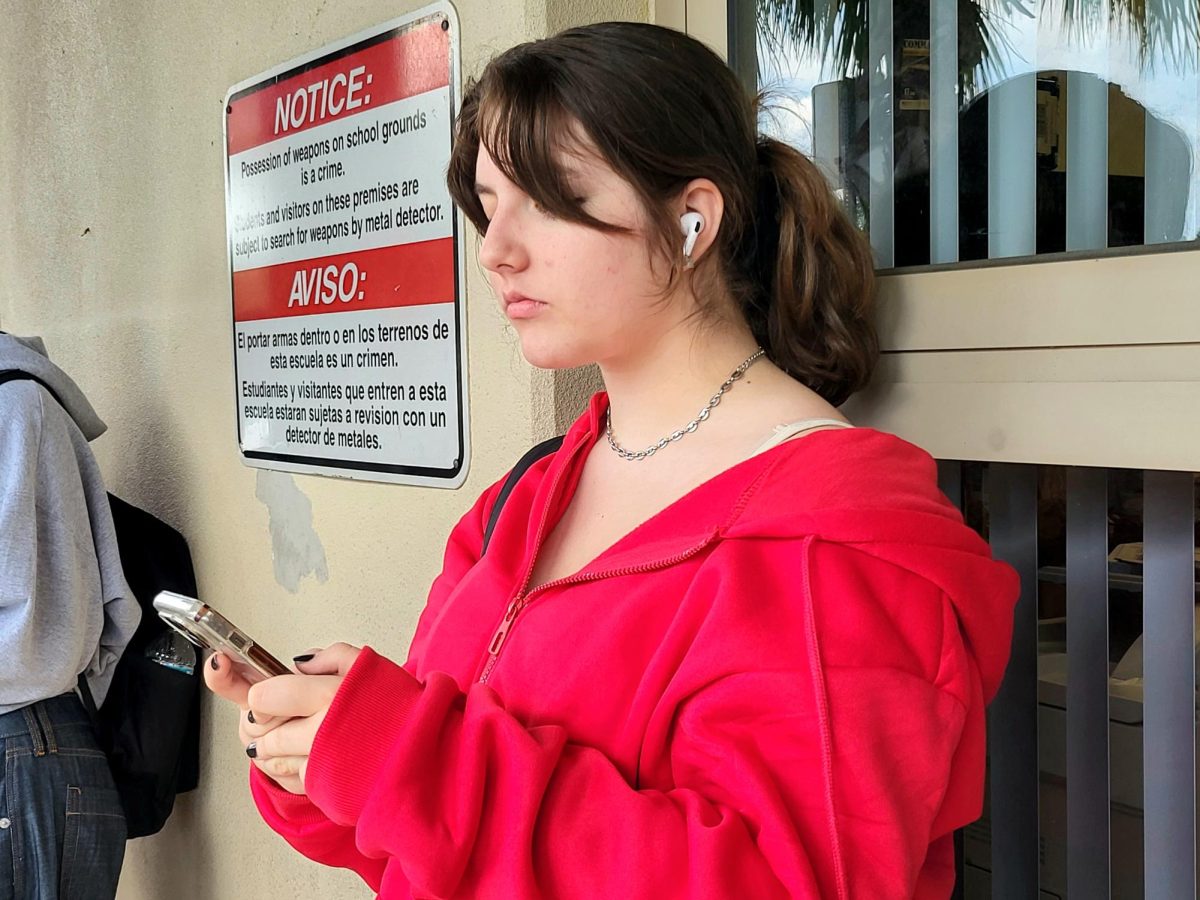It is common to see students at Steinbrenner listening to music through their headphones, often loud enough that those passing by can hear it as well. However, this intense exposure has been linked to hearing loss.
According to the Cleveland Health Clinic, prolonged exposure to intense sound levels permanently damages delicate cells in your inner ear, causing symptoms such as the inability to hear high pitches or hearing a perceived ringing or buzzing noise.
80 decibels are considered to be the line for safe listening according to the World Health Organization (WHO); however, headphones can reach up to 110 decibels, which “can cause damage to ears in as little as five minutes.”
Once exposed to intense sound levels, the users hearing can become fatigued, making what once sounded loud now appear quiet to them. This creates the need to increase the volume of their device, starting a vicious cycle leading users to blare their music at higher and higher levels.
This phenomenon of headphone-induced hearing loss has become increasingly common across Steinbrenner’s campus, with many students reporting symptoms of hearing damage. “I ask everyone to repeat themselves all the time,” said freshman and frequent headphone user Fiona Castinado.
These symptoms may also manifest unilaterally for those who often use one earbud at a time, “I have a hard time hearing a lot out of my right ear,” said freshman Ariana Arenas.
Headphone-induced hearing damage is a very serious problem affecting many of the students at school, however there are steps one can take to decrease their risk of hearing loss.
To prevent damage, the WHO recommends that users keep the volume of their headphones to below 60% of the device’s maximum volume and use noise canceling headphones, as this drowns out noisy surroundings which decreases the need for extreme volume levels.
By doing this, users can prevent new or further damage to their hearing, however, for many it may be too late.






